The MVT Awards! 7 Artists Share the “Most Valuable Tool” in Their Studio
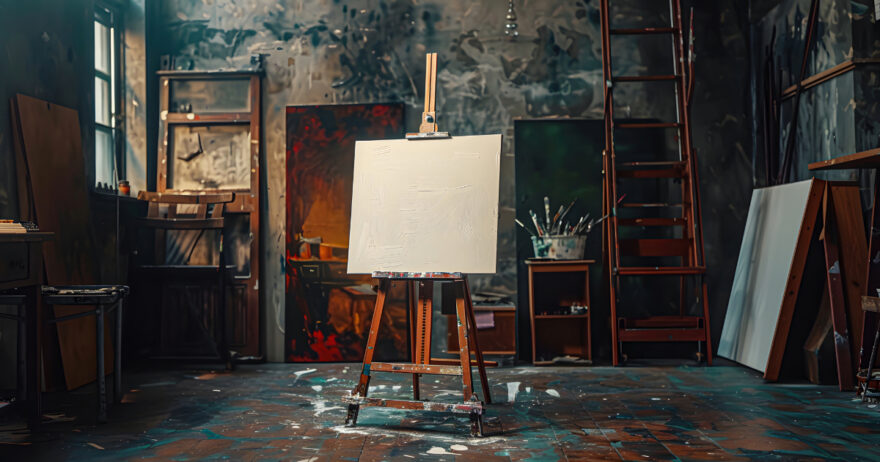
Sports organizations have their MVP awards, but here at Artists Network, we decided to call out the papers, paints, brushes and other supplies that artists consider their MVTs—the “most valuable tools” in the studio. Unlike the NBA, we aren’t limiting our list to just one honoree for the year, we’ve got a list of seven MVTs, suggested by artists working in a variety of art media. Might one of these tools be the thing that brings a touch of Michael Jordan magic to your art practice?
A Panel for Oil Painters
“I’m picky about painting surfaces. My favorite are the Claessens Belgian linen panels by Art Boards, which have a surface texture that allows color to really glow. The panels are attached to sturdy strainers and come in many sizes.” — Susan Abbott
A Palette for Acrylic Artists
“My butcher’s tin palette is something I use any time I’m painting in acrylic. I like how easy it is to peel off dried paint. Or, I can scrape it off easily by letting it soak in water for a bit. I prefer it to a flat palette, because I like to water down my acrylic paints. So, the fact that the paint stays contained in the tray is a necessity. I like the smaller size, which is easy to cart around if I need to.” — Liz Park
A Great Brush for Watercolorists
“Mark-making is an essential part of watercolor painting, and I use many different tools—palette knifes, credit cards, toothbrushes and, of course, watercolor brushes of all sorts. One brush type I come back to all the time is the long round by Princeton. They come in many sizes in the Velvet Touch series, as well as a smaller selection in the Aqua Elite series. Like any round brush, they hold an ample amount of water, but the longer brush fibers come to a long point that’s great for precision work. I can use it to paint branches, boat rigging, power lines and other similar linework without switching to a rigger brush.” — Michael Holter
Good Lighting
“I depend on several daylight spectrum lights: There are two on my table and one clamped to the easel. No matter what the weather is outside, and no matter what the time of day or night, this lighting ensures I have an accurate sense of the colors and values. When working under incandescent bulbs that are too warm, we overcompensate and make the painting “bluer” than intended. If the light is weak, we may be tempted to use too-light values. Daylight spectrum mimics the conditions of a plein air session and helps me make confident painting decisions.” — Christine Camilleri
Color Charts for Colored Pencil
“I’m not intuitive with color and it’s not easy for me to tell the accurate color of a pencil simply by looking at the barrel of it. That’s why I’ve found that the color charts by Barb Sotiropoulos have honestly been a game changer for me. By having the colors drawn out on a chart form, instead of a bunch of scraps of paper, it quickly helps me see the authentic color of the pencils side by side, which I’ve found helps me more elegantly choose a color scheme for my drawings.” — Kathryn Hansen
Equine Art Essentials
“One of my most valuable tools is the Equine Anatomy Model created by Jeff Wolf. This model has helped me through many drawing problems when painting the horse. Mr. Wolf has sculpted the skeletal bones on one side of the model and the musculature on the other half. Along those lines, I took a workshop on painting the horse from life with the amazing Ned Jacob who brought out several Breyer plastic horse models that he had spray-painted with a flat primer gray to use as a reference. When painting horses from life, they don’t stand still for very long, so he uses the plastic model to simulate the original position of the horse to study the light and shadow shapes that the sun was creating. As soon as I got home from the workshop, I dug around the house to uncover that very special box that I’ve kept from my youth with all my model horses inside. But I still haven’t had the guts to spray paint any of them!” — Kim Lordier
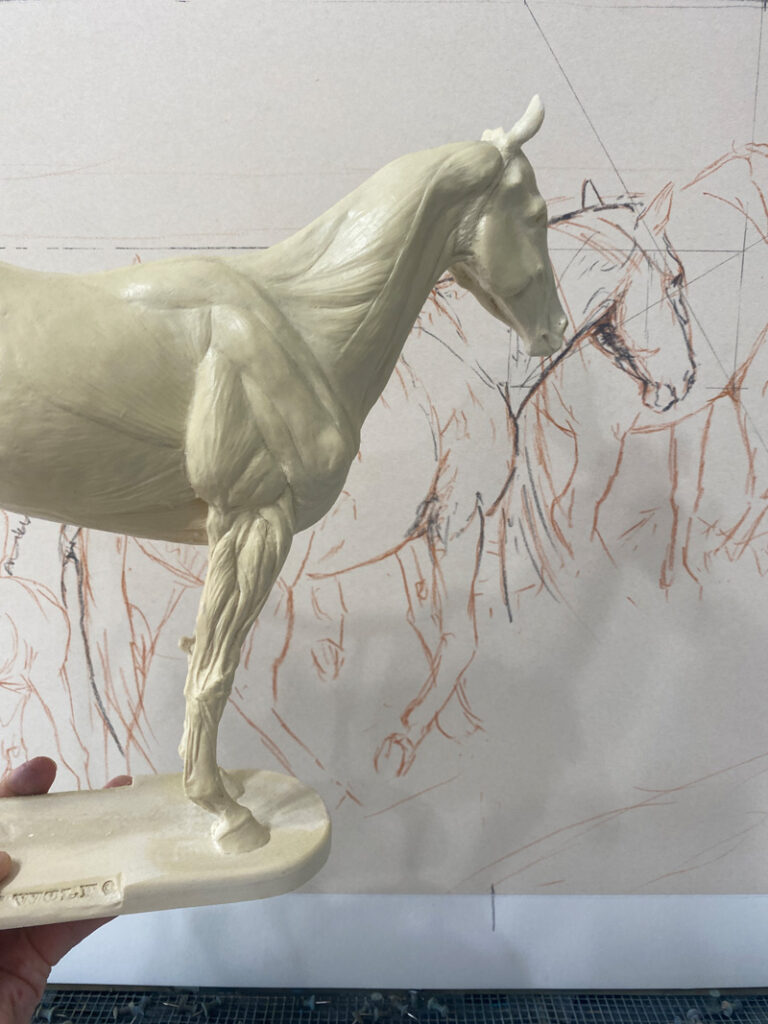
The Flat Brush I Can’t Live Without
“I paint almost exclusively with different sizes of flat brushes. The squared-up tip is perfect for my geometric-inspired forms appearing within abstract landscapes. Also, I can make either delicate or thick lines just by turning the brush on its edge. I use a variety of brands, but the Winsor & Newton Series 995 flat short handle wash brush is one I definitely can’t live without!” — Lynn Welker
A Gallery
Take a look at this collection artwork—just a few examples of what these seven artists are able to achieve thanks to their MVTs!
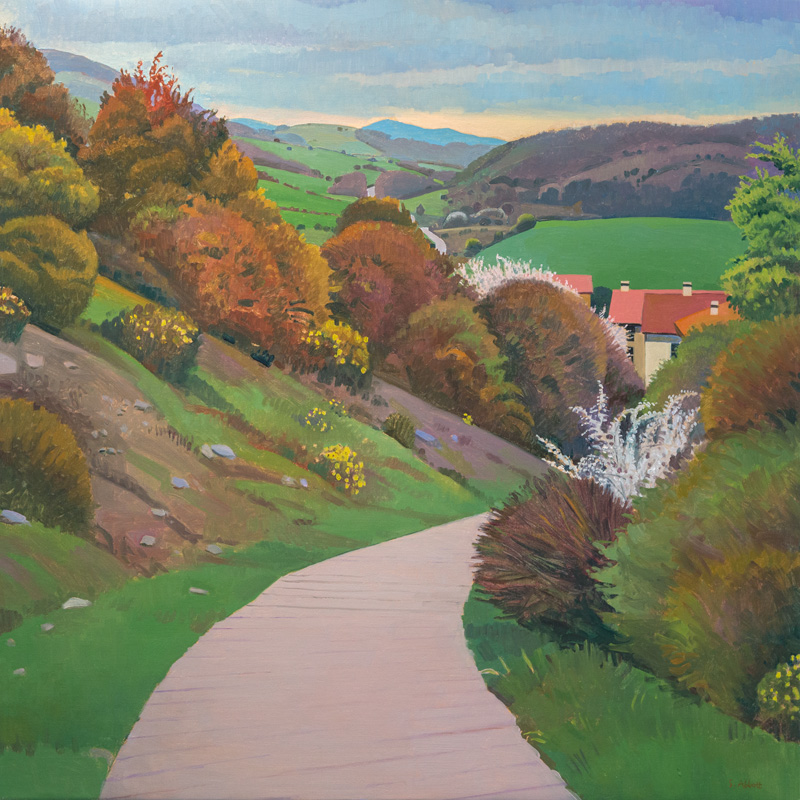
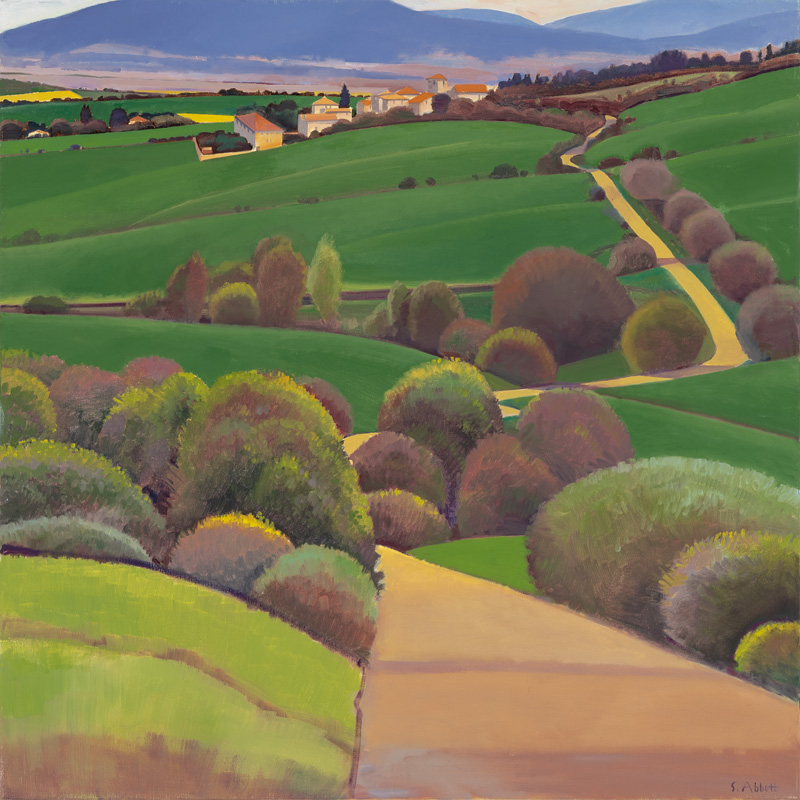
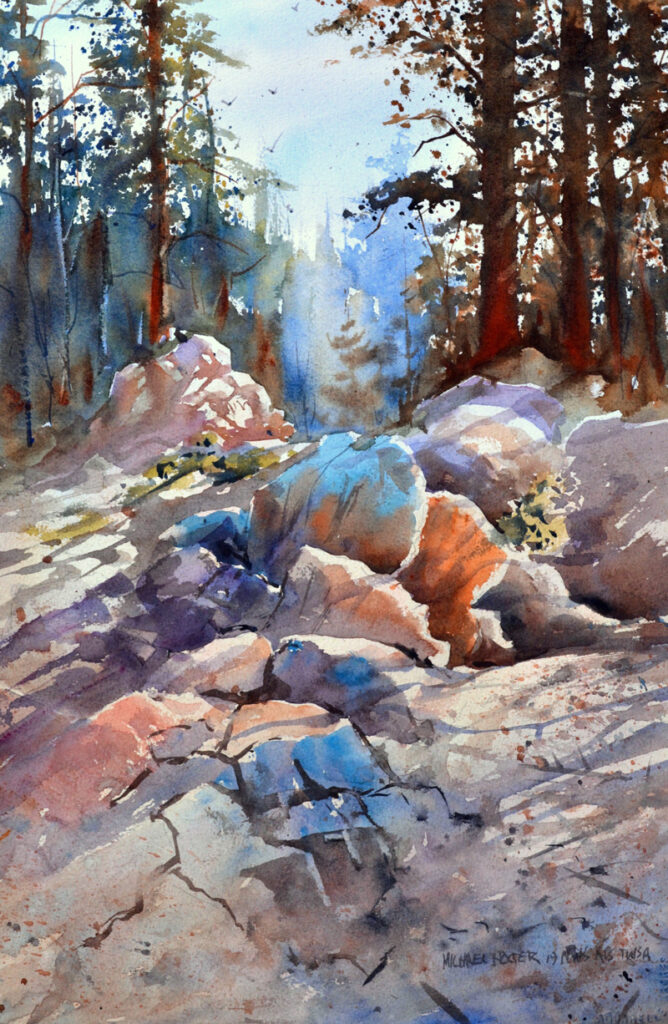
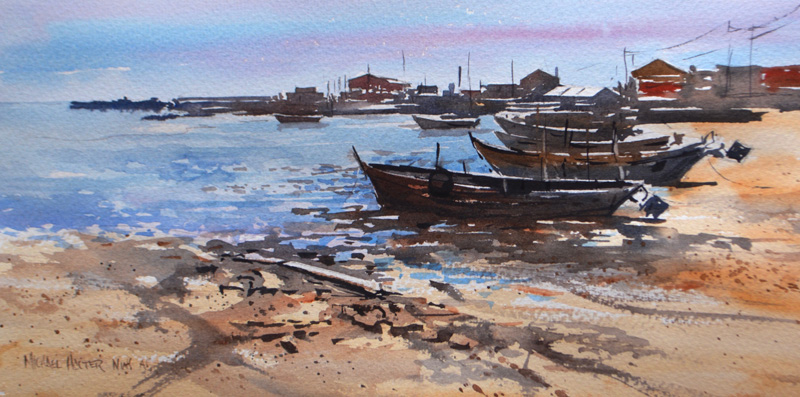
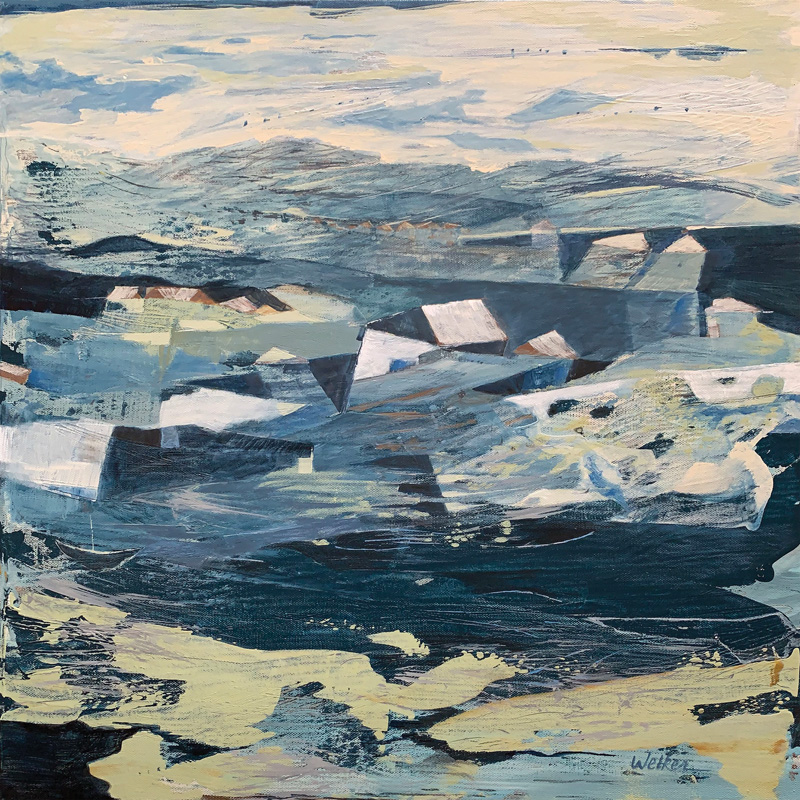
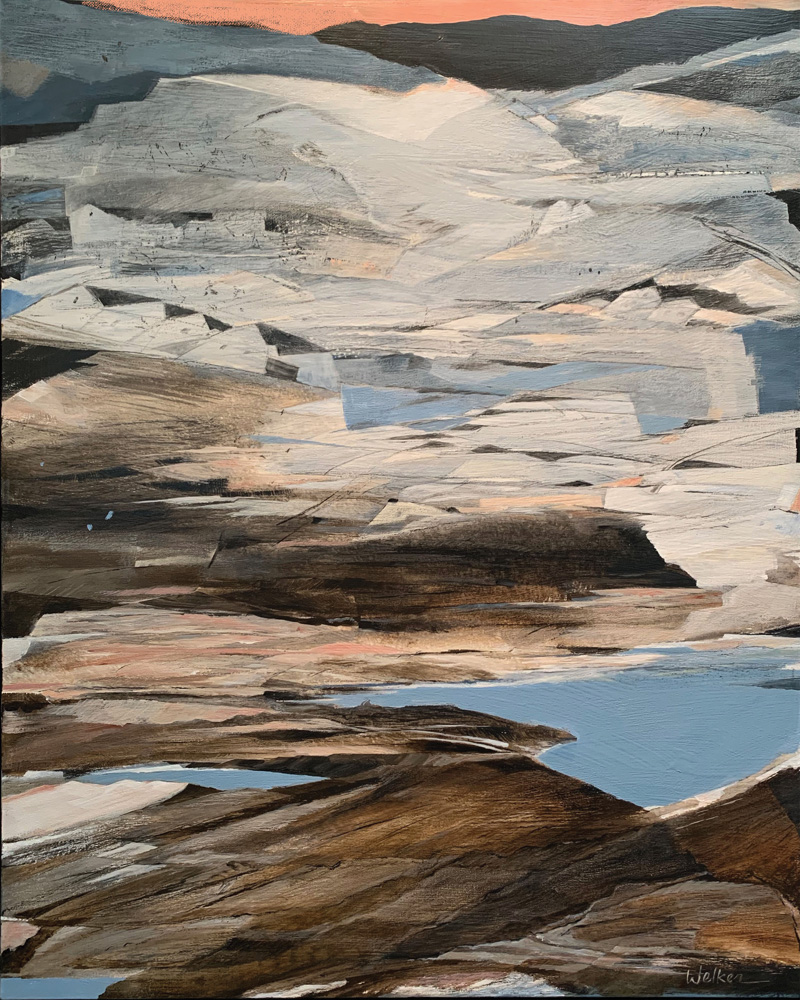
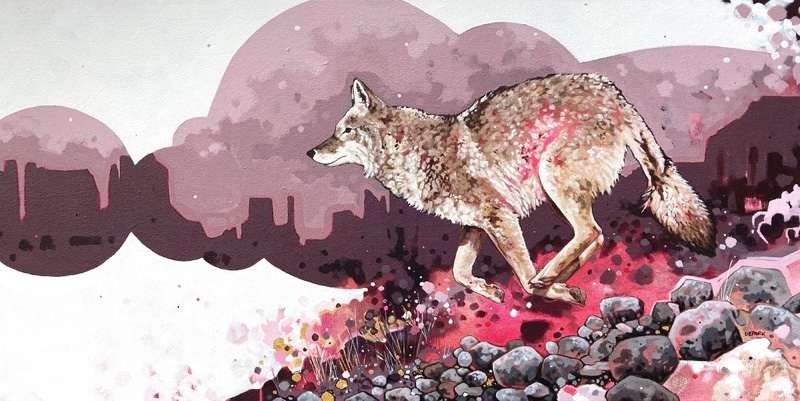
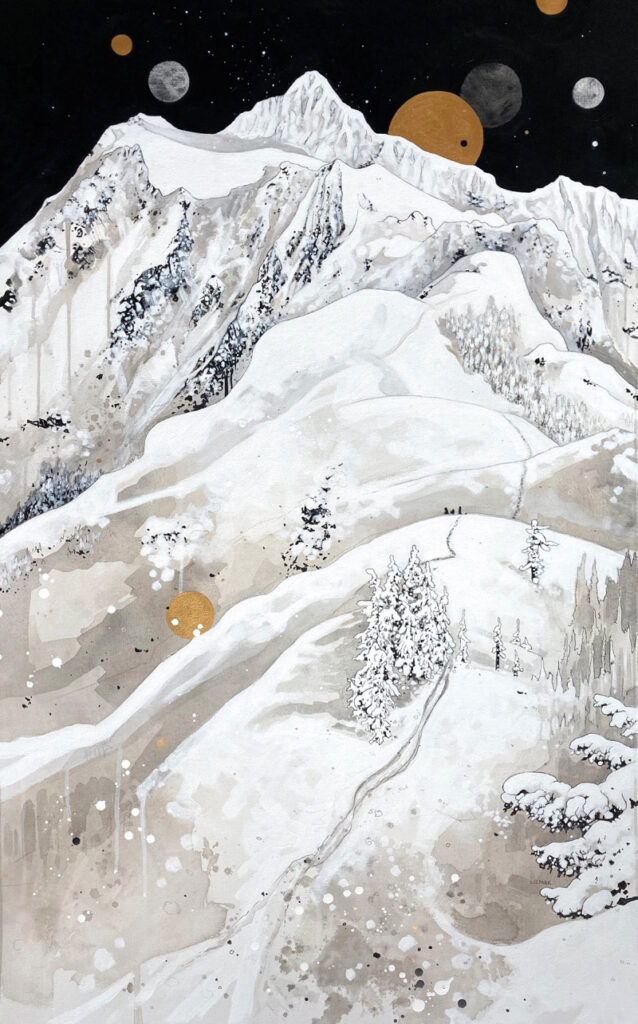
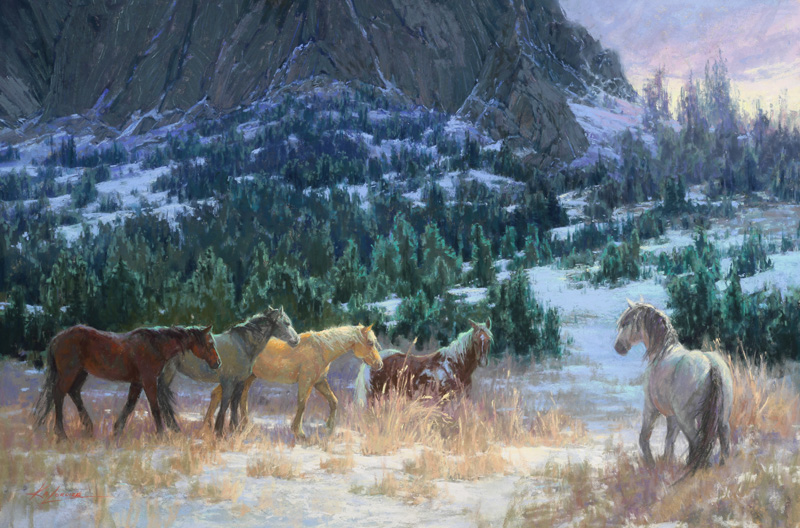
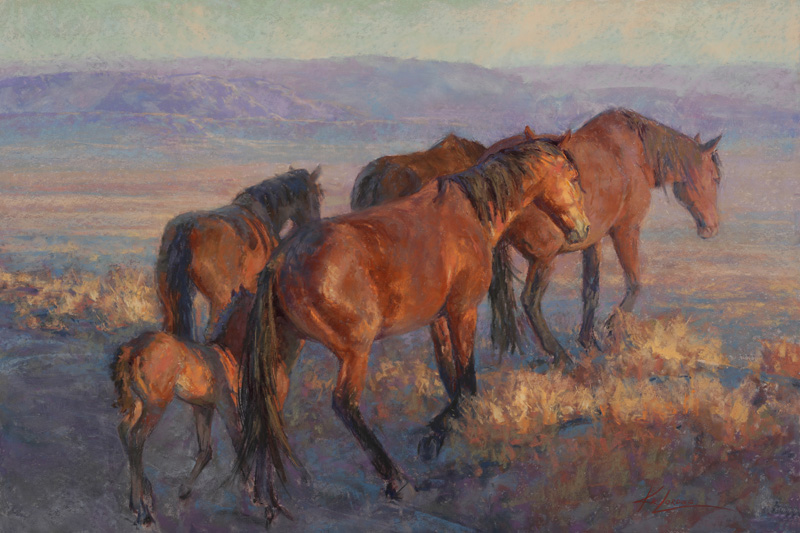
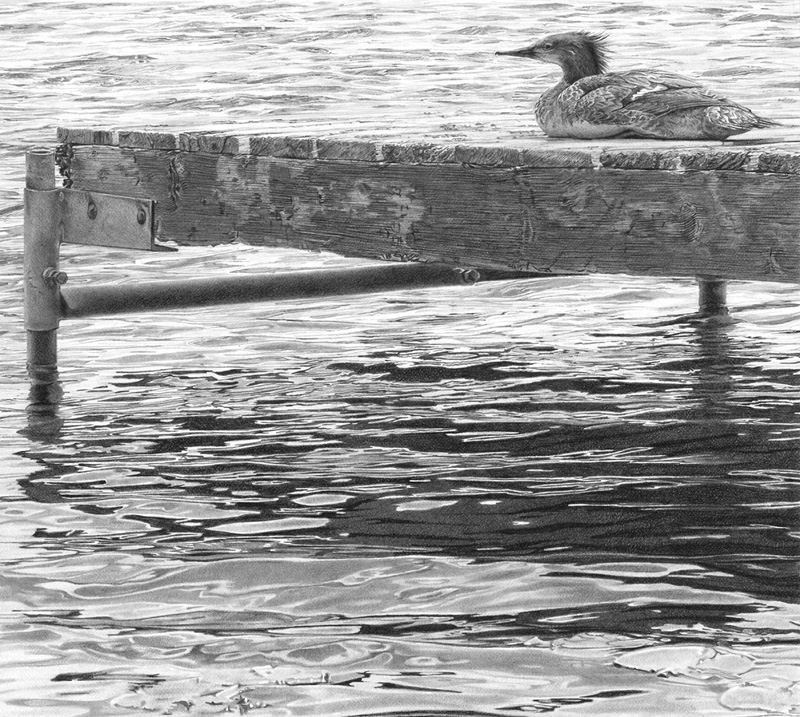

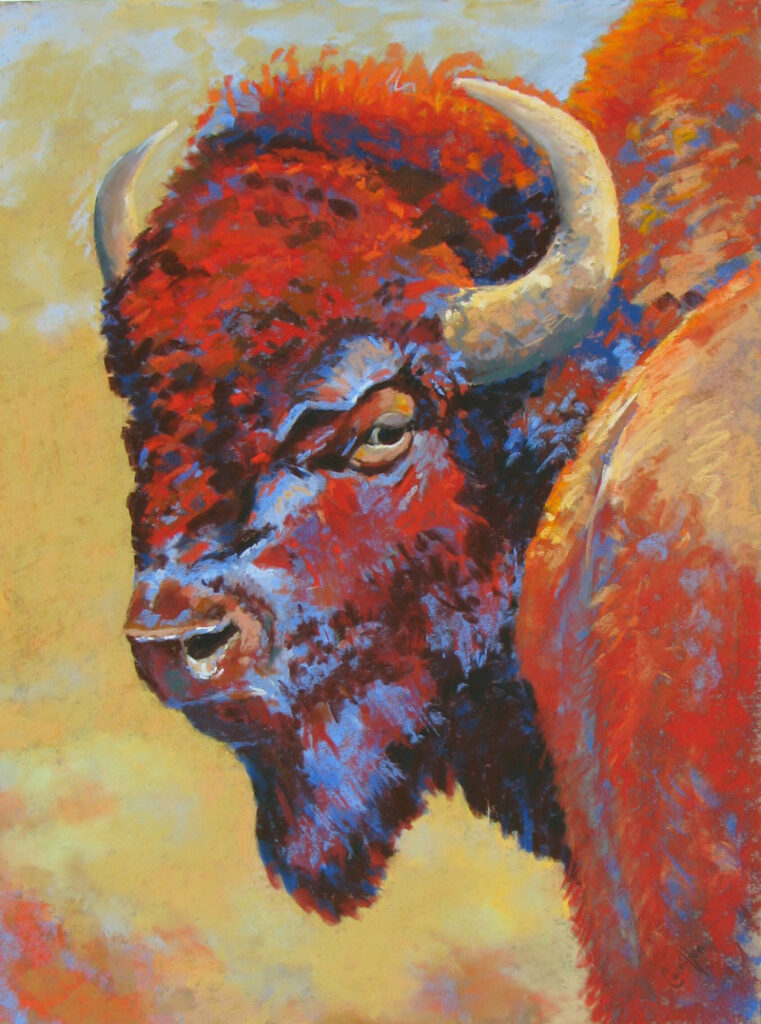

From Our Shop
-
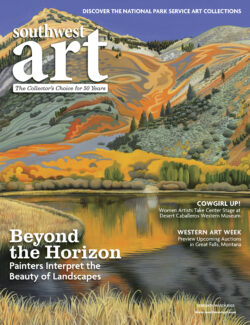 Southwest Art February/March 2025 Digital EditionOriginal price was: $9.99.$6.99Current price is: $6.99.
Southwest Art February/March 2025 Digital EditionOriginal price was: $9.99.$6.99Current price is: $6.99. -
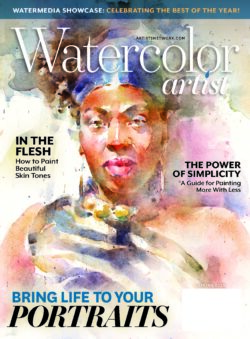 Watercolor Artist Spring 2025 Digital EditionOriginal price was: $9.99.$6.99Current price is: $6.99.
Watercolor Artist Spring 2025 Digital EditionOriginal price was: $9.99.$6.99Current price is: $6.99. -
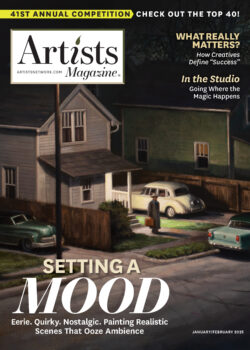 Artists Magazine January/February 2025 Digital Edition$9.99
Artists Magazine January/February 2025 Digital Edition$9.99
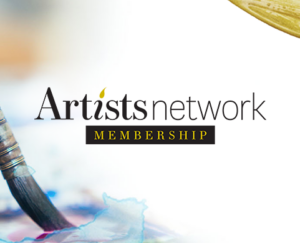 Artists Network Membership - 1 Month
Artists Network Membership - 1 Month 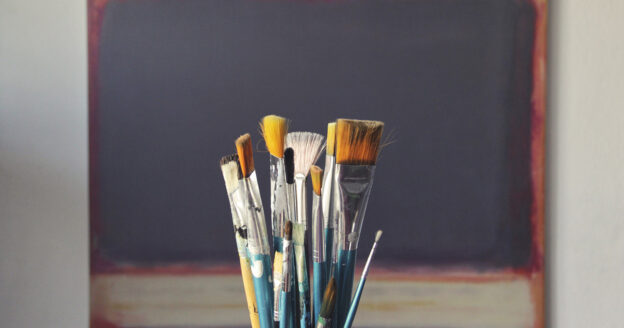
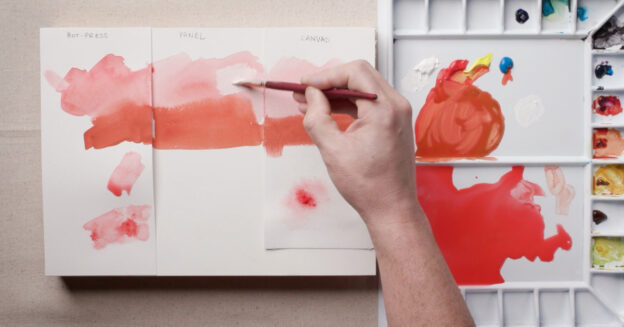
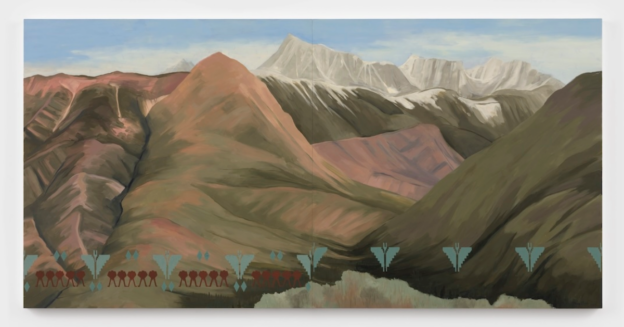
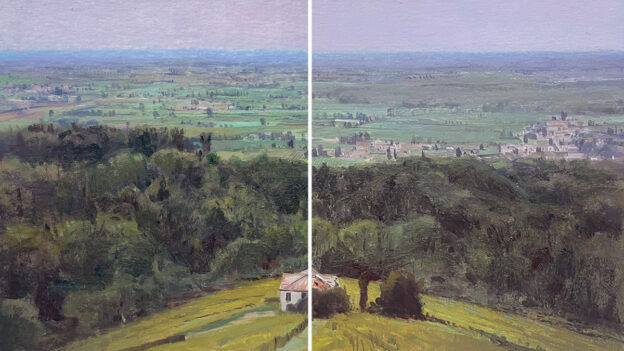
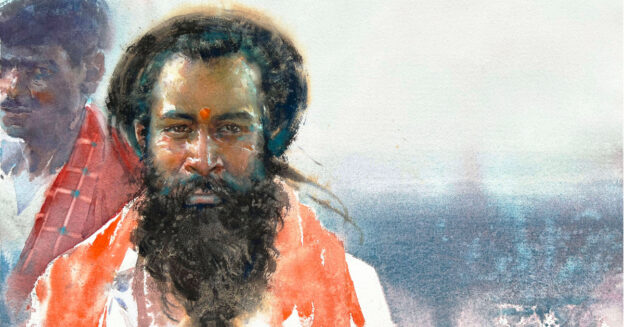
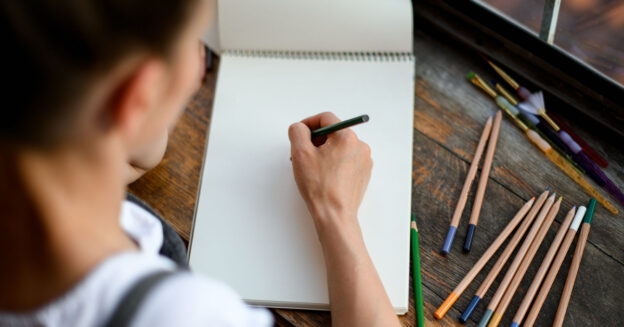
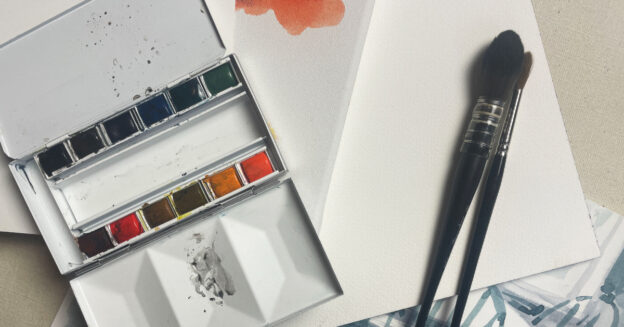
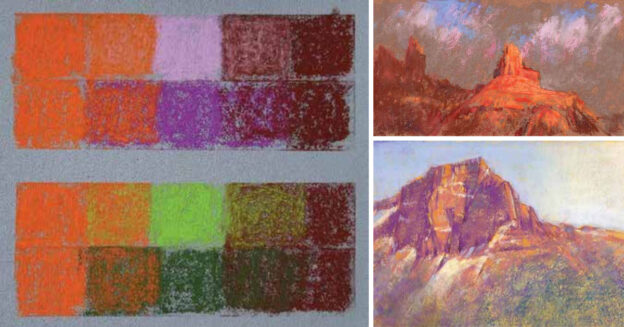
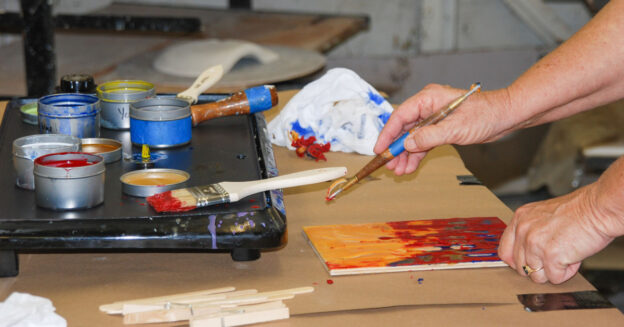
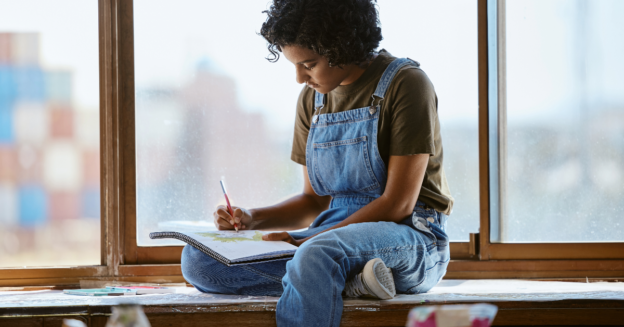

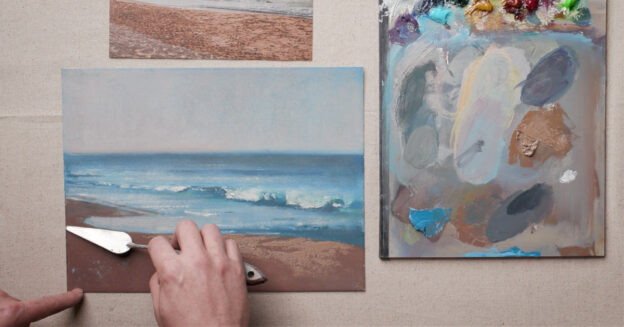
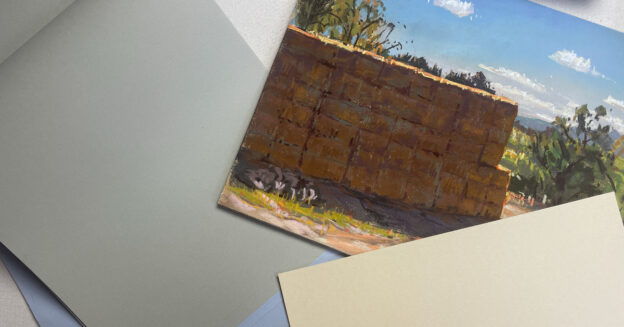
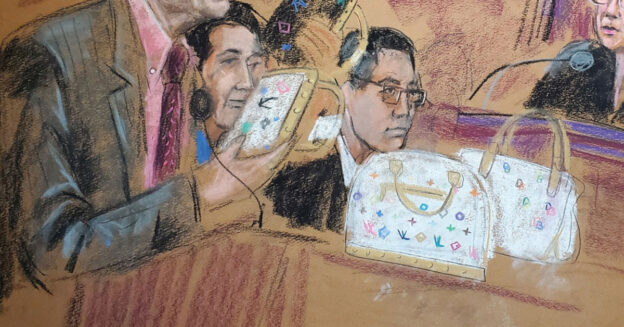
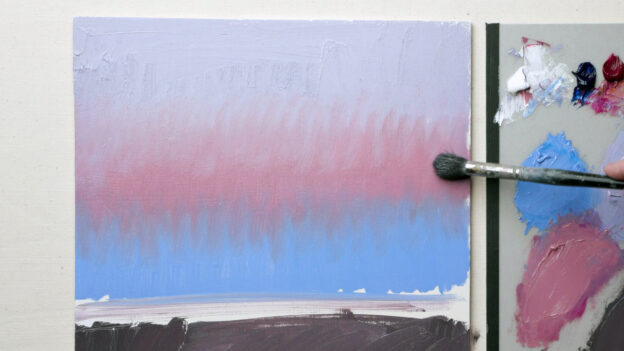
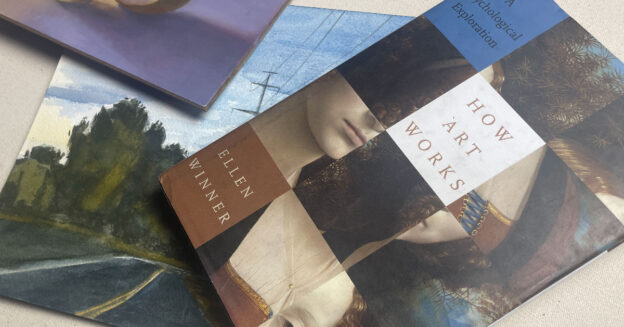
Join the Conversation!